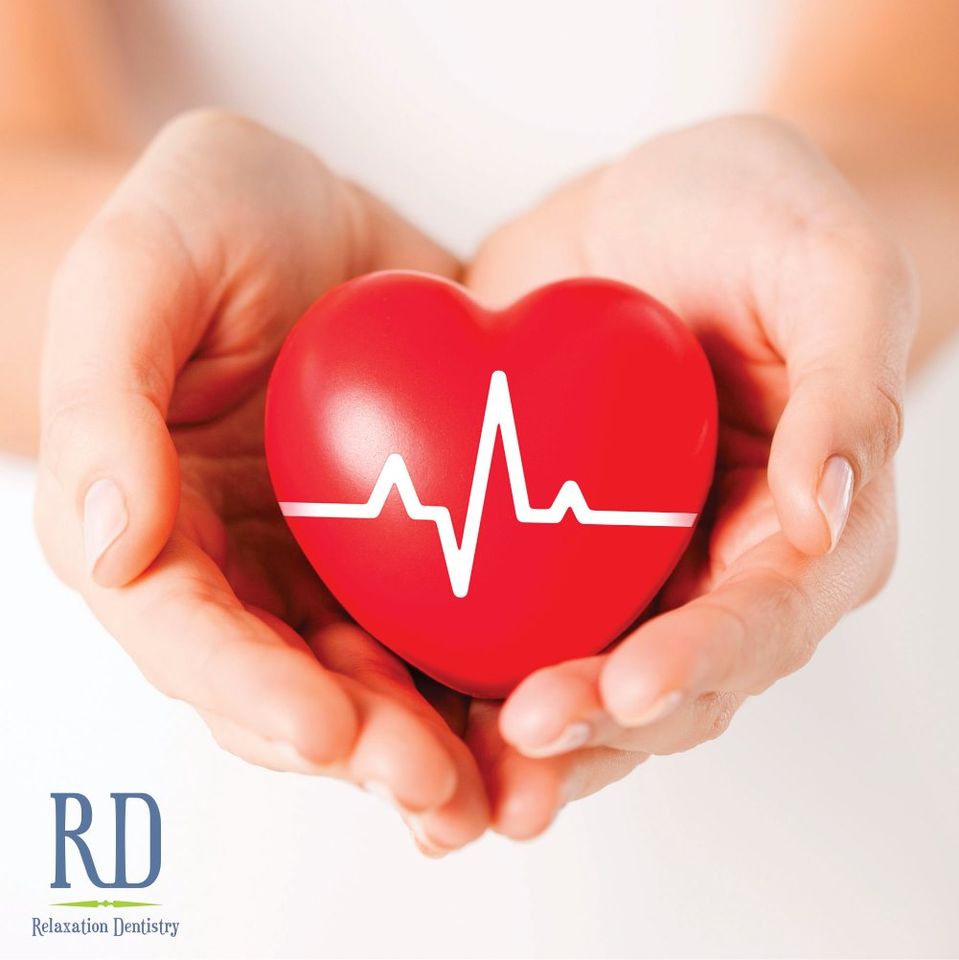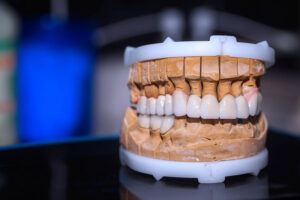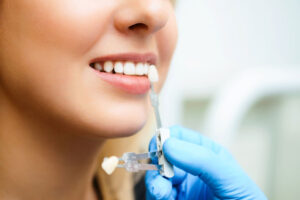Introduction
What is the connection between cardiac health and dental health? What do our teeth and gums have to do with our heart?
In March 2019, Dr. Maria Miller-Rinaldi attended the Dawson Alumni Retreat in Clearwater, FL, where Dr. Bradley Bale MD and Amy Doneen DNP, founders of the BaleDoneen Method, presented their findings regarding heart and dental health.
While at the retreat, Dr. Miller-Rinaldi of Relaxation Dentistry gained valuable insight and first-hand education from top experts to treat the patients in her practice – people like you – with confidence, knowledge, ability, and professionalism. Not only did she implement the knowledge she gained from the retreat into her practice, but she shares that knowledge with you to raise awareness for signs of cardiac issues and to encourage proactivity.
Connections between Heart Health and Dental Health
WebMD states that “…experts do agree that there are plausible reasons why dental health and heart health may be intertwined. Experts…developed a consensus report, published simultaneously in the Journal of Periodontology and the American Journal of Cardiology…[making] these points:
- A review of several published studies finds that gum disease is, by itself, a risk factor for coronary artery disease.
- Analysis of the large National Health and Nutrition Examination Survey (NHANES) found that gum disease is an important risk factor for diseases of the blood vessels and the arteries that supply the brain, especially strokes involving insufficient blood or oxygen to the brain. Data from another study of more than 50,000 people found that those with fewer teeth and more gum disease had a higher risk of stroke. However, other studies have uncovered no association between gum disease and stroke.
- Other research found a direct link between clogged arteries in the legs and gum disease.”
Here are 8 heart attack signs dentists – like Dr. Maria Miller-Rinaldi – look for in their patients.
8 Heart Attack Signs in Dental Patients
- Frank’s Sign.
A staggering 78% of patients who have this symptom will have a cardiovascular event. Frank’s Sign is a diagonal earlobe crease that looks like this. The unique condition, discovered in the 1970s by Dr. Sanders T. Frank, is a crease in the ear, hinting at poor blood supply to the earlobes, weakening blood vessels, and/or aging. A group of scientists and researchers in Israel studied 241 patients in the hospital who suffered from strokes and discovered 79% of the patients had Frank’s Sign. Even though Frank’s Sign may indicate an individual is susceptible to cardiovascular problems, not everyone with Frank’s Sign have heart complications. Well known people with Frank’s Sign include Mel Gibson, Tom Cruise, and Steven Spielberg. - Male Pattern Baldness.
Bald patterns in males, similar to this, might be a sign of cardiovascular issues. Studies show that early baldness and premature greying is a higher risk factor for heart disease than obesity in men under 40. The Cardiological Society of India (CSI) studied 790 men under 40 with coronary artery disease and with 1,270 healthy men close in age as the control group. The results of their research determined that the men in the heart condition group were more susceptible to male pattern baldness – 49% against 27% of those in the healthy group. - Xanthoma.
Xanthoma is medically defined as fatty growth development under the surface of the skin. Although they can appear anywhere on the body, they most commonly form near or on the joints (primarily knees and elbows), feet, hands, and buttocks. Painless, although tender and itchy, the growths vary in size. Clusters of growths can develop in the same area or several individual growths can develop on various parts of the body. Xanthoma develops from high levels of blood lipids, or fats. It may hint at underlying medical conditions including but not limited to hyperlipidemia, diabetes, hypothyroidism, primary biliary cirrhosis, cholestasis, nephrotic syndrome, hematologic disease, or cancer. - Fordyce’s Granules (FG).
Often red, yellow-white, or skin-colored small raised bumps, Fordyce granules appear on or next to the lips. Also known as Fordyce spots and sebaceous prominence, FG can commonly appear in both males and females. While these spots are not infectious, painful, itchy, or transferrable, they do suggest a predisposition to heart problems. Fordyce spots are twice as common in men than women. - Rheumatoid Arthritis.
A condition that affects more than just your joints, rheumatoid arthritis is a chronic inflammatory disorder that damages a number of systems in the body, including the skin, eyes, lungs, heart and blood vessels. As an autoimmune disorder that causes your immune system to erroneously attack your own body’s tissues, it causes painful swelling, resulting in bone erosion and joint deformity. Approximately 40% of individuals with rheumatoid arthritis have signs and symptoms affecting other parts of the body such as the heart and blood vessels. - Sjogren’s Syndrome.
No one may think much of dry eyes or a dry mouth, but those common symptoms identify an immune system disorder known as Sjogren’s Syndrome. Lupus and rheumatoid arthritis often accompany the condition as all are immune system disorders. Mayo Clinic states “the mucous membranes and moisture-secreting glands of your eyes and mouth are usually affected first — resulting in decreased tears and saliva.” The most common complications of Sjogren’s syndrome involve your eyes and mouth (i.e. dental cavities). - Asthma.
Asthma is no laughing matter. Many asthmatics, like this young woman, require the use of an inhaler. The lung airways suffer from this chronic disease due to constant inflammation. The airways become swollen and the muscles tighten when symptoms get triggered, making it difficult for air to move through the lungs, resulting in coughing, wheezing, shortness of breath and/or tightness in the chest. Various kinds of asthma affect millions of people worldwide, and although no cure currently exists, symptoms can be controlled with effective and efficient asthma treatment and management. - Migraines.
Many people, like this woman, suffer from frequent migraines. Causing moderate to severe pain, whether throbbing or pulsing on one side of the head, migraines also cause nausea, weakness, and sensitivity to light and sound. While researchers think migraines have a genetic cause, many other factors may trigger them as well. Approximately 12% of the American population suffer from migraines, but predisposed individuals include women, those with a family history of migraines, and those with other medical conditions. Migraines double the risk of an ischemic stroke and increases the chance of a heart attack by 50%.
Conclusion
Relaxation Dentistry is committed to the quality of care each patient receives during their visit and the lasting results from their time with the Relaxation Dentistry dental team in Chaska, MN. Feel free to email us or call us today at (952) 351-8282 and let us help you with your dental needs and concerns.




